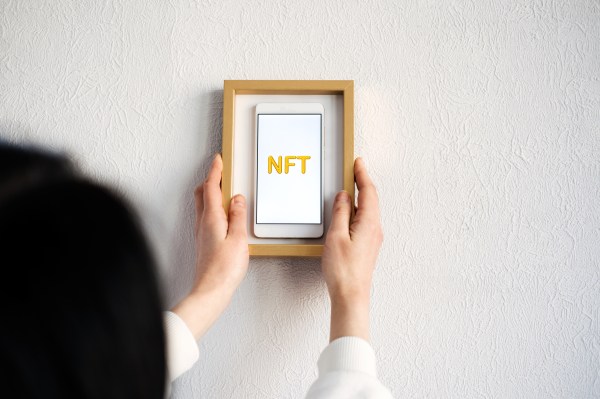The NFT market may be down from its 2021 peak, but founders, builders and collectors alike are still flooding into the space. And many are looking for fresh capital.
Despite NFTs being a part of the web3 world, traditional business mechanics are unavoidable for founders in the post-boom market.
An eclectic group of non-venture capitalists gathered at NFT NYC last week for a panel on how to get your NFT project funded. The speakers agreed that just like with any project, at the very least, it’s important to have the details fine-tuned and aligned before looking for investors.
“We see a lot of businesses looking to get investments, and they want to get it right away,” said Emily Cheshire, segment leader of Aprio Cloud’s blockchain and cryptocurrency team. “I would say you need to be planning it from day one and need to do everything you can to gear up for that investment.”
Most NFT projects have vague predictions, roadmaps and ideas for their business models, Ralph Kuepper, founder of Sherwood Analytics said. “Very rarely do you actually see a business plan with predictions and ideas” for NFT projects.
Cheshire noted that by the time many NFT projects are looking to get investments, it’s “almost too late.” Planning includes knowing who advisers are, who the core team will include, as well as simple things like understanding finances and forecasts.
“Building in this space and building an NFT business is sexy and fun, I don’t blame you. I would want to build that out all day long, but you need the fundamentals in place, too,” Cheshire said.
It’s also important to look at what and how investors are investing, Kuepper said. There’s a noticeable difference between companies that buy NFTs — potentially for a public relations stunt like Visa did after buying a CryptoPunk for about $150,000 in ether in 2021 — and investing in building out a project.
Does that mean Visa invested in the business that owns the project? No, it just bought an NFT. The action made it a part of a community, sure, but it isn’t providing any more capital to parent company Yuga Labs than another holder would.
So NFT projects should think about the type of investments they are trying to attract: collectors or investors? If it’s collectors, that’s “fine, but not necessarily a business,” Kuepper said. “If you do want people to buy your product and take revenue out of that, then you have to be thinking about what that looks like.”
In general, a lot of NFT artists are “not necessarily inventors; they’re not building a product; they’re building art, which is fine,” Kuepper noted. “There are ways to invest in art, but let’s face it: NFTs may have started out as art, but I’d guarantee that 70% of people who buy NFTs are not buying it ’cause they like a picture. They do it from an investment perspective.”
Then there are the actual investments, which typically come from VCs, angel investors or family offices, among other avenues. Those are the people that projects should follow closely, Kuepper said. “Look at what investors are investing in.”
It’s important to get strategic alliances with investors who align with the NFT project’s art, not just investors who throw cash at the business and turn the other way. Kuepper said that, for example, “a16z invests in pretty much anything in the space,” and added that these investments are not always strategic but provide a “name brand people know and trust.”
Money providers like early-stage VC funds and mezzanine finance companies are realizing the potential of NFT projects, too, and are willing to invest in it, said Jane King, CEO of LilaMax Media. But there’s still a lot of “nervousness” in the space, she added.
“Be careful, be really selective and be picky,” Cheshire said. “Connections in this space are important, and it’s a very small industry, so you want to make sure you’re working with someone who opens doors.”
A number of VCs solely focus on NFTs or the metaverse, so it’s important to “find your people,” she said. “Not only are they going to help you attract additional investment, but they can help make connections to help you grow your company.”
Cheshire also emphasized that the landscape and environment have changed considerably in light of FTX’s collapse in November. Last year, huge amounts of capital flowed into the space, even for businesses without revenue models, she said.
In the past, investors blindly put faith into teams and development potential, but now they’re more cautious with their money and need to see business plans and fundamentals behind a project before providing investment, Cheshire said.
But even with a tightened market, it’s important to not give too much of the company away, King said. “We’ve seen so many early-stage projects give so much away because they’re so desperately [looking and] finally someone is interested. So, even as tempting as it is, have other people look it over and advise you on it.”
In today’s climate, NFT projects “have to prove” their point, Kuepper said. “Money isn’t just sitting around anymore that will naturally flow. You have to pull it out, in a sense.”
